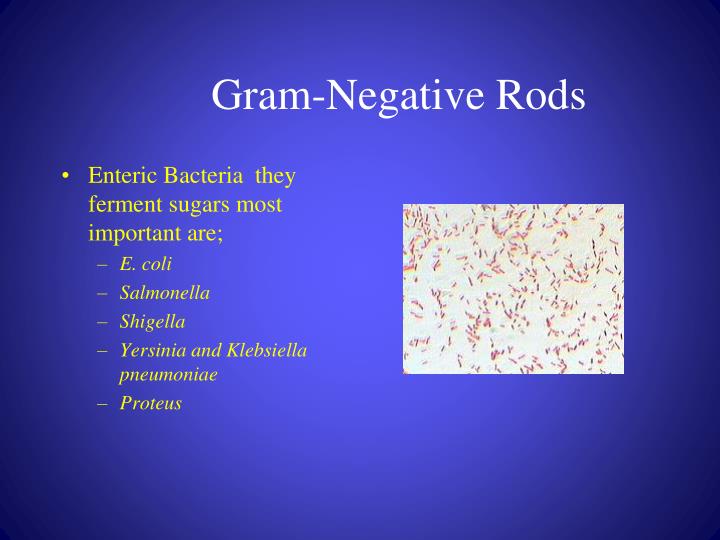
Judi has been a speaker at various LIS, AMT, and CLMA conferences and has been published in CLMA magazine. During her 25 year career as a medical technologist, she was a member of the management team and has also served as a Point-of-Care coordinator, microbiology supervisor, and generalist. Reviewer information: Judi Bennett, BSM, MT is a Program Director for MediaLab, Inc., located in Lawrenceville, Georgia. It is illustrated with numerous images of actual culture Gram stains, and contains numerous interactive quiz questions.Īuthor Credentials: This course was developed by Betty Smith MT (ASCP), Mary Ann Fiene, MSMT(ASCP) and Rukhsana Evans, MSMT(ASCP) and was updated by Education Materials for Health Professionals, Inc. It is also appropriate for medical students and pathology residents.Ĭourse Description: This illustrated course cover the basics of reading gram stained smears from cultures, including interpretation of controls, reading, interpreting and reported Gram stained culture smears. Intended Audience: Clinical laboratory science students, and medical technologists and technicians seeking review, cross training, or continuing education opportunities. Which of the options below would be used to describe the Gram stained smear? (Choose all that apply.) This organism is recovered from a wound culture.Which of the options below would be used to describe the Gram stained smear?. This organism is recovered from the joint fluid of a 28-year-old patient.Which of the options below would be used to describe the Gram st. This organism is recovered from the cervical culture of a female of childbearing age.This organism is recovered from the cerebrospinal fluid (CSF) of a child who attends daycare, following a severe ear infection.Which option below would be used to describe the Gram stained smear. This organism is recovered from the blood culture of an immunocompromised patient.Which of the options below would be used to describe t. This organism is recovered from the sputum of a patient with hospital acquired pneumonia (HAP).Case Studies in Reading Gram Stained Smears From Cultures.The type of culture medium used to recover an organism does NOT have an effect on cellular arrangement.When performing a Gram stain from culture media, which of the following must ALWAYS be reported for the organism? (Choose all that apply.).Focus on the organisms represented by the arrows. Hint: This Gram stain was prepared on an aging culture. Select the correct choice for reporting.Select the correct choices for reporting.Gram-Stained Smears From Culture: Importance and Reporting.Expected Pathogens From Common Body Sites/Specimens, continued.Expected Pathogens From Common Body Sites/Specimens.Match the Gram stain characteristic to the organism it BEST describes.Images: Gram-Negative Organisms Recovered From Culture.Gram-Negative Organisms Recovered From Culture.Images: Gram-Positive Rods (GPRs) Recovered From Culture.Images: Gram-Positive Cocci (GPC) Recovered From Culture.Gram-Positive Organisms Recovered From Culture.Gram Stain Characteristics and Organisms Expected From Common Body Sites.When describing microorganisms seen on a Gram stained smear, what do terms such as diplococci, tetrads, chains, and clusters describe?.

Arrangement of Organisms in Gram Stained Culture Smears.Bacilli can have tapered or rounded ends.Which of the following terms can be used to describe cocci? (Choose all that apply.).Organism Shapes in Gram Stained Culture Smears.Match each of the following Gram stain items/actions to the appropriate statement.Which of the following is TRUE of the Gram stain procedure?.Gram Stain Quality Control (QC) Organisms.Preparation of a Gram Stained Smear From Culture.General Aspects of Gram Stained Smears From Culture.A physician can use the information provided from a Gram stained culture smear to help make a preliminary diagnosis and begin treatment.Which of the following are part of the microorganism identification process?.Culture, Isolation, and Identification of Microorganisms.Introduction to Reading Gram Stained Culture Smears.Click on the links below to preview selected pages from this course.


 0 kommentar(er)
0 kommentar(er)
